On the afternoon of April 21, information from the Hue Monuments Conservation Center said that the unit had just coordinated with the National Museum of History to organize an archaeological excavation. Dai Cung Mon relic - the structure that once served as the main gate of the Forbidden City - Hue Imperial City.
This is an important preparatory step to implement the project to restore important relics inside the Hue Imperial City, which was approved by the People's Council of Thua Thien-Hue province (now Hue city) at the end of 2024.
Archaeological excavation of the Dai Cung Mon relic - Hue Imperial City. Photo: Son Thuy. |
Dai Cung Mon was built under the reign of King Minh Mang, located on the sacred axis of Hue Citadel, between Thai Hoa Palace and Can Chanh Palace. This was once an elaborate architectural work with 5 compartments and 3 doors, of which the main door in the middle was reserved for the king. The front was made of wood, painted with gold, decorated with classical themes and poems. Behind were two corridors covered with blue glazed tiles connecting to Ta Vu and Huu Vu houses...
The structure was destroyed in 1947, and only the foundation remains. With the goal of restoring this relic, the Ministry of Culture, Sports and Tourism has allowed archaeological excavation on an area of 60 square meters.
Up to now, on the old foundation of about 23x12 m, experts opened many excavation pits at different angles, some deeper than 1-1.2 m, to survey the stratigraphy, collect artifacts and traces.
According to a representative of the National History Museum, the number of holes dug in the Dai Cung Mon area exceeded the plan due to actual requirements. Some holes were larger to explore more information about the scale and structure of the construction. Not many artifacts were recovered because the area had been heavily disturbed after 1947.
The Great Palace Gate at one time. Photo TL |
According to Resolution No. 91 of the People's Council of Thua Thien-Hue province (now Hue city), the project to restore the Dai Cung Mon relic will be implemented in 4 years, with a budget of nearly 65 billion VND from the local budget. The project will restore the foundation, wooden structure, roofing system with royal glazed tiles, carved decorative details, enamel... At the same time, the front and back yards, lighting systems, railings, and screens will also be renovated to ensure the overall architecture .
Mr. Hoang Viet Trung - Director of the Hue Monuments Conservation Center - said that the unit is currently completing procedures to be able to start the project in 2025. The Dai Cung Mon restoration project not only helps to recreate the architectural appearance of the Forbidden City - Hue Imperial City but also contributes to promoting the heritage value for tourism, education and research.
Source: https://tienphong.vn/khao-co-dai-cung-mon-giup-phuc-hoi-di-tich-quan-trong-thuoc-hoang-thanh-hue-post1735623.tpo


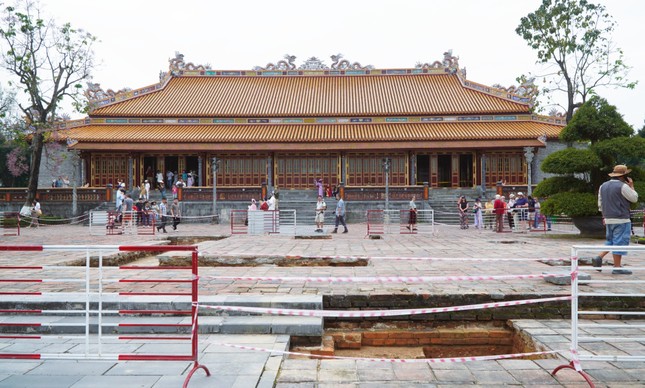
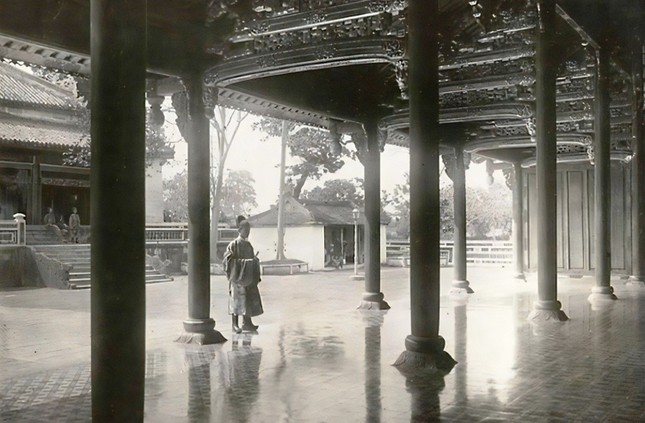
![[Photo] General Secretary concludes visit to Azerbaijan, departs for visit to Russian Federation](https://vphoto.vietnam.vn/thumb/1200x675/vietnam/resource/IMAGE/2025/5/8/7a135ad280314b66917ad278ce0e26fa)
![[Photo] General Secretary To Lam begins official visit to Russia and attends the 80th Anniversary of Victory over Fascism](https://vphoto.vietnam.vn/thumb/1200x675/vietnam/resource/IMAGE/2025/5/8/5d2566d7f67d4a1e9b88bc677831ec9d)
![[Photo] Prime Minister Pham Minh Chinh meets with the Policy Advisory Council on Private Economic Development](https://vphoto.vietnam.vn/thumb/1200x675/vietnam/resource/IMAGE/2025/5/8/387da60b85cc489ab2aed8442fc3b14a)
![[Photo] National Assembly Chairman Tran Thanh Man chairs the meeting of the Subcommittee on Documents of the First National Assembly Party Congress](https://vphoto.vietnam.vn/thumb/1200x675/vietnam/resource/IMAGE/2025/5/8/72b19a73d94a4affab411fd8c87f4f8d)
![[Photo] President Luong Cuong presents the decision to appoint Deputy Head of the Office of the President](https://vphoto.vietnam.vn/thumb/1200x675/vietnam/resource/IMAGE/2025/5/8/501f8ee192f3476ab9f7579c57b423ad)

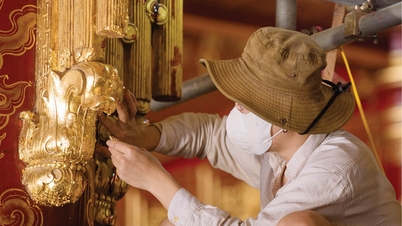



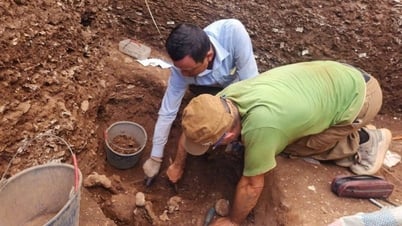

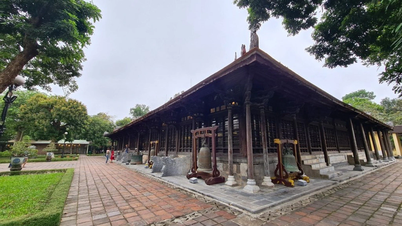

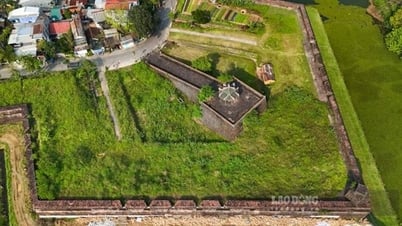

















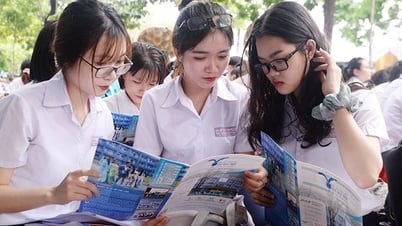


























![[Photo] Prime Minister Pham Minh Chinh talks on the phone with Singaporean Prime Minister Lawrence Wong](https://vphoto.vietnam.vn/thumb/402x226/vietnam/resource/IMAGE/2025/5/8/e2eab082d9bc4fc4a360b28fa0ab94de)














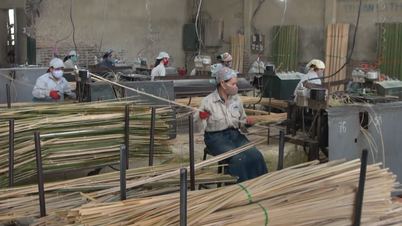
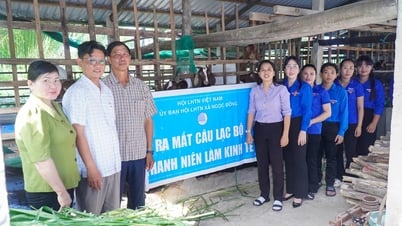



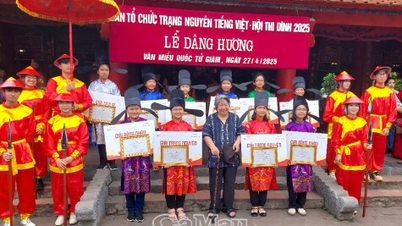
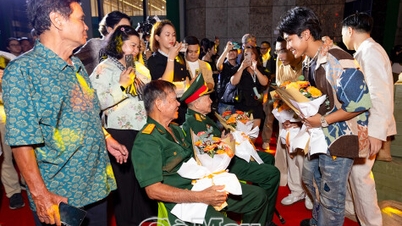











Comment (0)